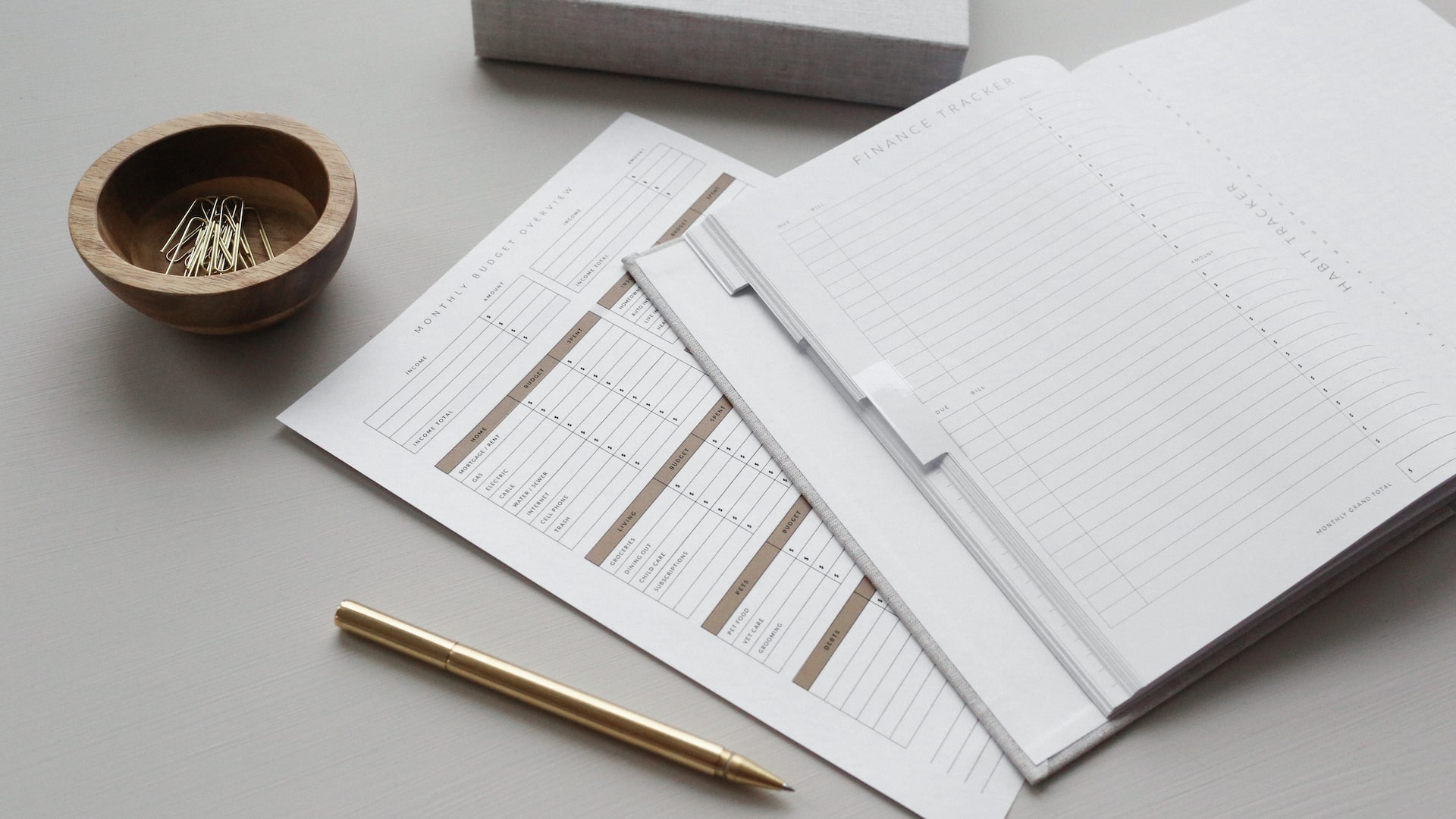Budgeting
A Step-by-Step Guide to Creating a Budget

Budgeting is a critical component of personal finance management that helps people make the most of their income and resources. Creating a budget based on priority involves setting financial goals and determining what is most important to you, such as paying off debt, saving for retirement, or saving for a down payment on a property. By following a priority-based budget, you can make sure that you are allocating your funds in a way that aligns with your priorities, helping you achieve your financial goals.
Determine your income: The first step in creating a priority-based budget is to determine your monthly income. This includes all sources of income, such as your salary, any freelance work, or side hustle income. For example, if your salary is 30,000 per month and you earn an additional 5000 per month from freelance work, your total monthly income would be 35,000.
Identify your expenses: Next, make a list of all your monthly expenses, including rent or mortgage, utilities, food, transportation, entertainment, and any other regular expenses. Be sure to include all fixed expenses, such as rent or loans, and variable expenses, such as food and entertainment.
Categorize expenses: Once you have a comprehensive list of your expenses, categorize them into necessities and non-necessities. Necessities include housing, food, transportation, and other essential expenses, while non-necessities include entertainment, shopping, and other discretionary expenses. For example, housing and food would be considered necessities, while entertainment and shopping would be considered non-necessities.
Set priorities: Decide what is most important to you, and allocate your funds accordingly. For example, if paying off debt is your top priority, allocate more funds towards debt repayment and reduce spending in other areas. On the other hand, if saving for a down payment on a property is your top priority, allocate more funds towards savings and reduce spending in other areas.
Assign a budget: Assign a budget to each category of expenses, making sure to allocate enough money to cover your necessities first. For example, you may allocate 18,000 for housing, 10,000 for food, and 6,000 for transportation, leaving 5,000 for entertainment and other non-necessities.
Track your spending: Keep track of your spending to see if you’re sticking to your budget. You can use a budgeting app, spreadsheet, or simply write it down in a notebook. Tracking your spending helps you stay accountable and makes it easier to make adjustments if needed.
Adjust as needed: If you find that you are overspending in a certain category, adjust your budget accordingly. For example, if you find that you are spending more on entertainment than you had budgeted, you may need to reduce your entertainment budget and allocate more funds towards other priorities. It’s important to be flexible and make changes as necessary to ensure that your budget aligns with your priorities.
In conclusion, creating a priority-based budget is a personal and ongoing process that requires discipline, attention to detail, and the willingness to make adjustments as necessary. By determining your income, identifying your expenses, categorizing expenses, setting priorities, assigning a budget, tracking your spending, and adjusting as needed, you can ensure that your spending aligns with your priorities and you can achieve your financial goals. A priority-based budget can provide peace of mind and help you stay on track towards your financial goals. Remember, budgeting is a journey and it may take time and effort to perfect, but it is a valuable tool for managing your finances and achieving financial stability.












